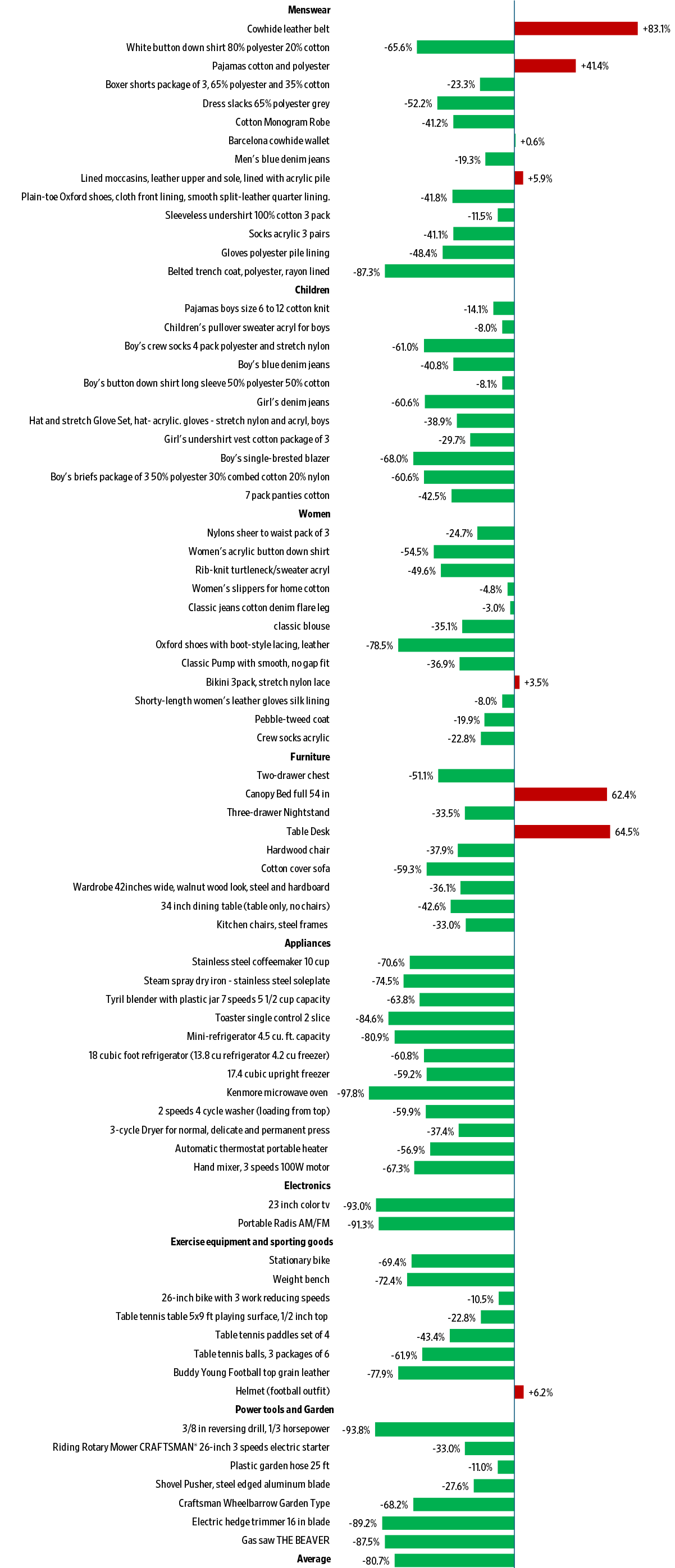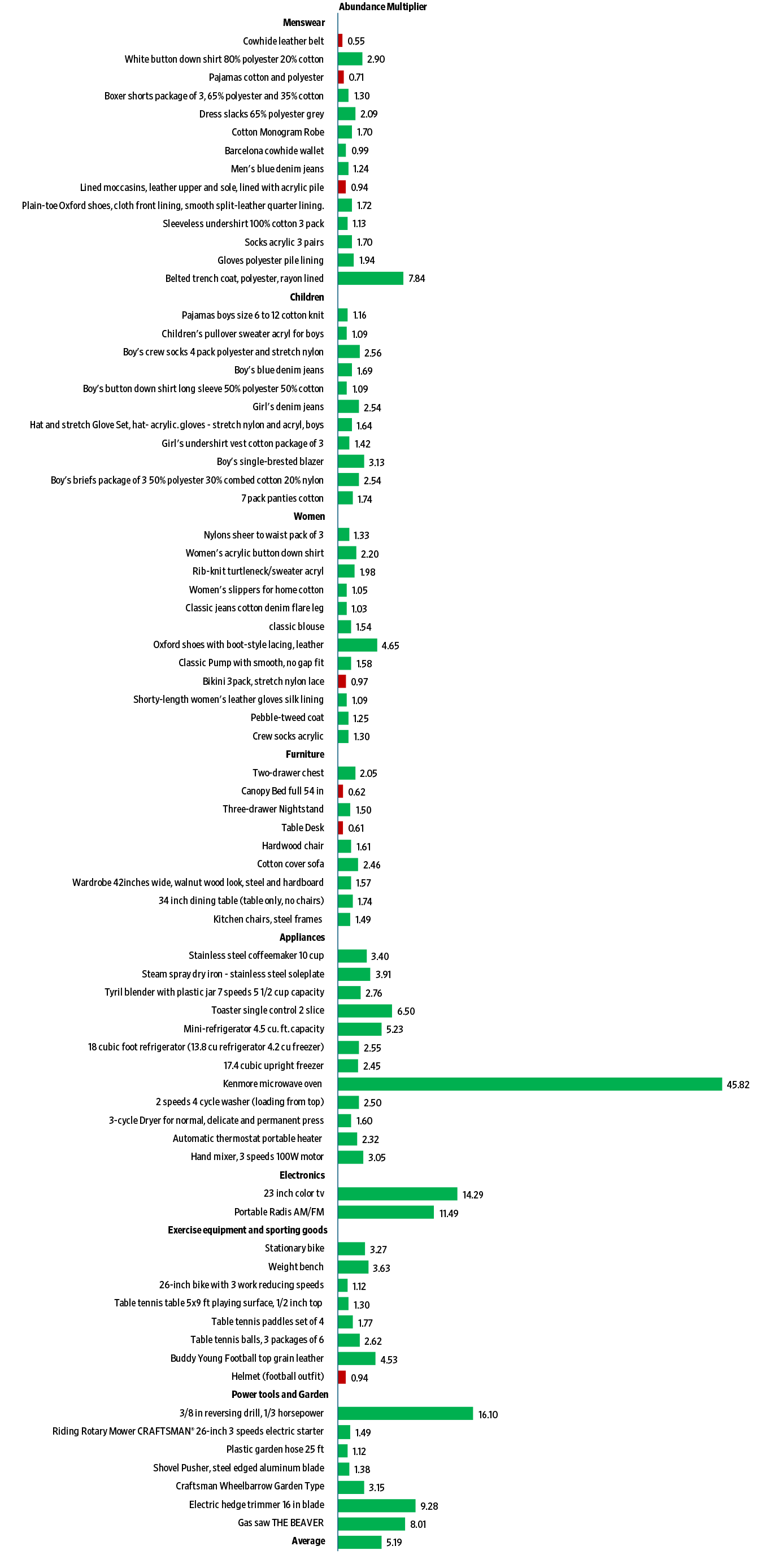Is overpopulation a problem? Are we running out of resources? Where did the concern over population growth and resource depletion come from? How accurate were the past predictions of gloom by people who were concerned about the two issues? Will we manage to combine rising numbers of people and higher standards of living with decent stewardship of the planet in the future?
These are just some of the questions answered in Population Bombed: Exploding the link Between Overpopulation and Climate Change, an extensively researched, well-written and concise new book published by the Global Warming Policy Foundation.
The book comes out exactly 50 years after Paul R. Ehrlich published The Population Bomb, in which the Stanford University biology professor famously claimed that population growth would result in resource depletion and the starvation of hundreds of millions of people. The authors of Population Bombed, Pierre Desrochers, who is an associate professor of geography at the University of Toronto, and Joanna Szurmak, who is a doctoral candidate in the graduate program in Science and Technology Studies at York University, Toronto, take stock of past scholarship on “depletionism” and provide a cheerful rejoinder to the doomsayers.
Desrochers and Szurmak begin by outlining the case for the prosecution. The “pessimists” claim that, on a finite planet, population and consumption cannot continue to expand forever; that, to maintain a high standard of living, the number of people will have to come down; that resource exploration and extraction are subject to the law of diminishing returns and will, therefore, become more expensive over time; that discoveries, inventions and innovations do not obviate the need for more resources; and, finally, that human successes in overcoming resource constraints in the past are not relevant to coping with environmental challenges today.
Conversely, the “optimists” claim that population growth makes humanity richer through division of labour and economies of scale; that human ingenuity enhances efficient modes of production and “delivers increasing returns … [through] progressively less damaging ways of doing things”; that, unlike other animals, humans use trade and innovation to get around resource constraints; and, finally, that there is no reason why our past successes cannot be repeated in the future.
To quote the British historian Thomas Babington Macaulay, “On what principle is it that with nothing but improvement behind us, we are to expect nothing but deterioration before us?”
Depletionism has a long pedigree that goes back to the Atra-Hasis, an 18th-century BC epic in which the Babylonian gods deemed the world too crowded and unleashed a famine to fix the “problem”. Confucius, Plato, Tertullian, Saint Jerome and Giovanni Botero revisited the issue over the succeeding centuries.
The modern concern with overpopulation is usually traced to the British cleric Thomas Malthus who argued that the human population grows exponentially, while food production grows linearly. Thus, population will eventually outgrow the food supply, resulting in mass starvation.
Depletionism reached its apogee in the concluding decades of the 20th century, when Garrett Hardin pointed to the “tragedy of the commons” (i.e., overuse of resources that are not privately-owned), the Club of Rome predicted stratospheric prices of resources and Paul Ehrlich warned of mass starvation. It was Ehrlich who, unwisely, agreed to a wager with Julian Simon from the University of Maryland on the future availability of resources – and lost.
According to the wager, Ehrlich would choose a “basket” of raw materials that he expected would become less abundant in the coming years and choose a time period of more than a year, during which those raw materials would become more expensive. At the end of that period, the inflation-adjusted price of those materials would be calculated. If the “real” price of the basket was higher at the end of the period than at the beginning, that would indicate the materials had become more precious and Ehrlich would win the wager; if the price was lower, Simon would win. The stakes would be the ultimate price difference of the basket at the beginning and end of the time period.
Ehrlich chose copper, chromium, nickel, tin, and tungsten. The bet was agreed to on September 29, 1980, with September 29, 1990, being the payoff date. In spite of a population increase of 873 million over those 10 years, Ehrlich lost the wager. All five commodities that he had selected declined in price by an average of 57.6 percent. Ehrlich mailed Simon a check for $576.07. Today, raw materials, including rare earths, are abundant and the concept of depletionism, as originally understood, has ceased to be the pessimists’ cri de coeur.
Instead, the pessimists have changed their tack (somewhat). Rather than emphasising depletion of raw materials, like Ehrlich used to do, they now warn of human overconsumption and the related loss of biosphere integrity (the destruction of ecosystems and biodiversity), climate change, ocean acidification, land system change (from woodland to cropland), unsustainable freshwater use, perturbation of biogeochemical flows (nitrogen and phosphorus inputs to the biosphere), alteration of atmospheric aerosols (particulate concentration in the atmosphere), and ozone depletion.
Desrochers and Szurmak engage with many of these relatively new concerns by noting, for example, the methodological problems inherent in the overconsumption models, including the “planetary boundaries framework” that I described in the previous paragraph.
Wisely, the authors do not get bogged down in the science of global warming. Full discussion of global warming would, of course, require a book of its own. As it is, Population Bombed is 250 pages long, and includes 900 footnotes and an extensive 33-page bibliography. Instead, they call for honesty. They note that the use of fossil fuels is at the centre of today’s calls for population control and point out that the pessimists are simply taking the benefits of fossil fuel use, including environmental ones, for granted. Desrochers and Szurmak do not dismiss all concerns about CO2 in the atmosphere, but point out that getting rid of fossil fuels under present circumstances would have dire economic, social and environmental consequences – especially for the world’s poor.
To give just a few examples, production would have to become more expensive for businesses, the price of heating and cooling would become more expensive for households, and land, currently occupied by animals, would have to be covered by wind turbines.
That said, keep in mind that our species has addressed many environmental problems before and we will, probably, solve the future ones as well. Desalination, for example, can help with water shortages, while genetically-modified crops could eliminate the need for excessive use of fertiliser and pesticides. These breakthroughs, and the prospect of many more, make Desrochers and Szurmak’s book a reminder of humanity’s “can do” instincts and problem-solving ability.
This first appeared in CapX.








